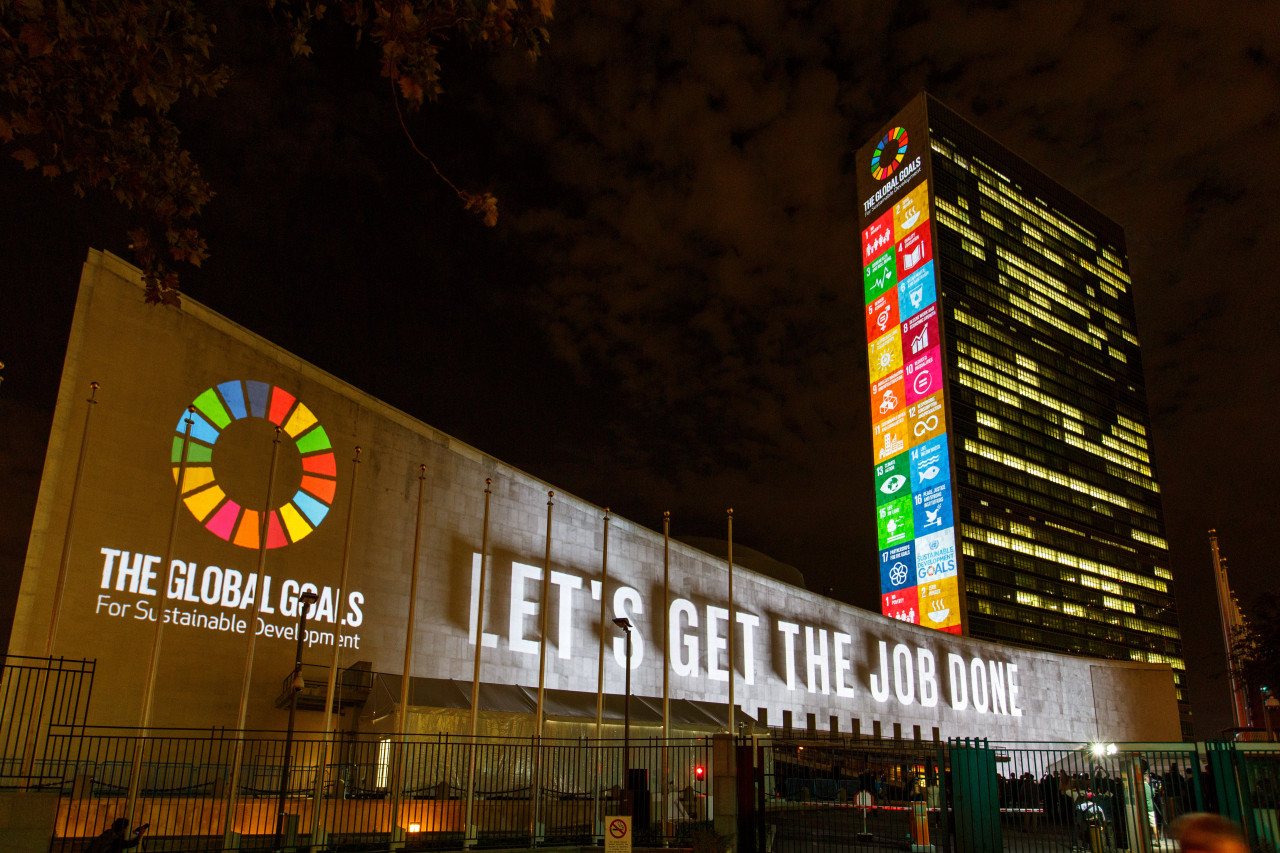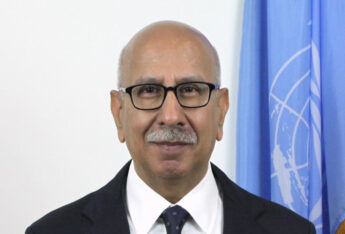The Pact sets out to enhance multilateral cooperation in order to boost the implementation of the Sustainable Development Goals, and to better respond to current and future global challenges.

The 193-member nations of the United Nations have adopted the Pact for the Future, a 66-page action-oriented document aimed at bolstering global cooperation to accelerate the implementation of the Sustainable Development Goals (SDGs) in the face of rising geopolitical challenges.
It includes 56 actions relating to international peace and security, sustainable development, climate and financing for development, global governance, science, technology, innovation and digital cooperation and youth and future generations.
Speaking to Impact Investor, Navid Hanif, assistant secretary-general for economic development at the UN, explained that the Pact set in motion clear actions to reform the global financial architecture and reinvigorate international cooperation to face up to today’s realities and tomorrow’s challenges.

“The 2030 Agenda remains the destination, but progress is nowhere near where it should be because of the lack of systematic change that is necessary to deal with the deeply interconnected nature of the goals,” he said.
“The Pact for the Future looks at the larger institutional questions of peace and security, development and human rights. The call is very loud and clear. The way current global institutions are designed, the way they operate, their policy-making and decision-making are not fit to deal with the 2030 Agenda and implement it with the speed and scale that are needed.”
Rebuilding a social contract with citizens
Hanif said the Pact, whose foundations were laid in the 2021 Our Common Agenda report, which outlined UN Secretary-General’s vision for the future of global cooperation, is also a response to a loss of trust globally in governments’ and multilateral institutions’ ability to respond to the growing complexity of global challenges.
“The Covid pandemic served as an x-ray highlighting the flaws in the system. The pandemic also brought to the fore the growing discontent among citizens, galloping climate change, tougher financial conditions, rising debt burdens and global systems that were losing legitimacy and trust,” he said.
“Our Common Agenda was a response to these challenges, and [a response to] the need to change systems and renew the social contract citizens had with their governments and social institutions to turbo-charge the advancement of the goals.”
Financing development
The Pact is, among other things, designed to better represent and serve developing countries, and includes commitments to give developing countries a greater say in how decisions are taken at international financial institutions. It also includes commitments to review the sovereign debt architecture to ensure that developing countries can borrow sustainably to invest in their future, to strengthen the global financial safety net to protect the poorest in the event of financial and economic shocks, and to accelerate measures to address the challenge of climate change – including through delivering more affordable and long term finance to help countries adapt to climate change and invest in renewable energy.
The Pact also includes measures to mobilise more affordable financing from multilateral development banks (MDBs) in order to help developing countries meet their development needs. Hanif said that when the 2030 Agenda was signed in 2015, the assumption was that the trillions of dollars needed to address the world’s challenges, would come largely from the private sector.
“This of course didn’t happen, especially for low income countries,” he said.
“This Pact builds on the work already underway to push MDBs to use public funds, in the region of $480bn (€429bn) over the next decade, to mobilise private capital to go into sectors they are reluctant to go because of the need for longer gestation periods such as the energy transition or industrialisation, but also into countries which typically do not attract much investment.”
Hanif believes there are huge investment opportunities for risk sharing between public and private capital to invest for impact and address key challenges such as poverty and inequality. Blended finance is one means of doing that, he said.
“Blended finance is an underutilised vehicle but it also needs to be improved so that burden sharing and profit sharing is not lopsided. There should be a standardised framework for blended finance,” said Hanif.
“MDBs have started to rethink and design instruments where they don’t compete but cooperate with the private sector. Their future approach will be to facilitate private investment and ensure that it is aligned with the 2030 Agenda, creating impact we can measure and report on.”
Transforming credit ratings
Hanif said the methodologies used by the world’s dominant credit ratings agencies had many “gaps”, which are impacting the investment flows to low income countries, and that this had to change.
“The Pact is calling on credit ratings agencies to review their methodologies for evaluating low-income countries whose credit ratings are often based on broad-based regional ratings and not on real risks. We also need credit ratings to take a longer-term view. Sustainable development and systemic change require longer term horizons.”
The role of impact investors
Impact Investor asked Hanif what assurances the Pact offered to impact investors in particular. He highlighted three things, firstly, “an unambiguous commitment by the public sector in deploying public funds to mobilise private capital for impact investment.”
He also that the Pact called for “a clear commitment by MDBs for new instruments, co-investment and co-creativity with the private sector.” The latter, he said, is backed by their shareholders.
“The European Investment Bank, the World Bank, the Asian Development Bank and other MDBs have all agreed they will focus on mobilising private capital to accelerate the implementation of the 2030 Agenda,” he added.
“The third thing is around improving regulation. There are calls throughout the Pact that public policy has to be clear, harmonised globally for better reporting and measurable results to minimise the burden on the private sector in having to deal with different standards and different obligations.”






